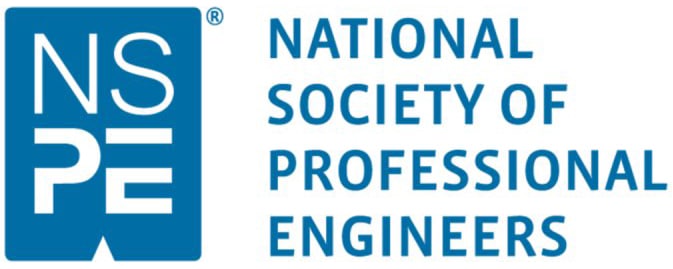Project Management

We Keep Projects on Track and Prepare for the Unexpected
At MSB, Project Management is a key part of the success of our work for our clients. It involves careful planning and communication of that plan to the entire project team, as well as identifying project goals and milestones. In addition, our Project Management team develops multiple scenarios and contingency plans, all to be prepared for the unexpected.
We adhere to a project management methodology based on the doctrine advocated by the Project Management Institute and its PMBOK® guide that is tailored to fit the technical and commercial terms of each project. The planning process and scope definition result in classic Work Breakdown Structures (WBS) and templates that are valuable tools for organizing and managing the actual work, duration and budget involved in producing a deliverable.
Services
Our senior level managers have an average of more than 25 years of experience in the engineering design, construction, procurement, and consulting phases of project management, and the team provides services in conceptualization, definition, design, planning, coordination, scheduling, and implementation.
Project Planning:
- Scope & Specification Definition
- Activity Definition
- Contractor Qualification Development
- Sequencing
- Duration Estimating
- Scheduling
- Resource Planning
- Cost Estimating and Budgeting
- Risk Identification, Analysis and Management Planning
- RFP / RFQ Coordination, Evaluation and Recommendation
Project Management:
- Construction Management & Support
- Construction Design Package & Documentation
- Contract Support
- Implementation Oversight
- Quality Assurance
Change Control:
- Scope Verification
- Schedule, cost and quality controls
- Performance Reporting
- Risk Monitoring and Control
Project Closeout:
- As-Built Documentation
- Contract Closeout
- Integration & Testing Oversight
- Factory & Offshore Acceptance
- Team Development
MSB belongs to the following organizations



MSB belongs to the following organizations



For a complete list of all affiliations and certifications click here.